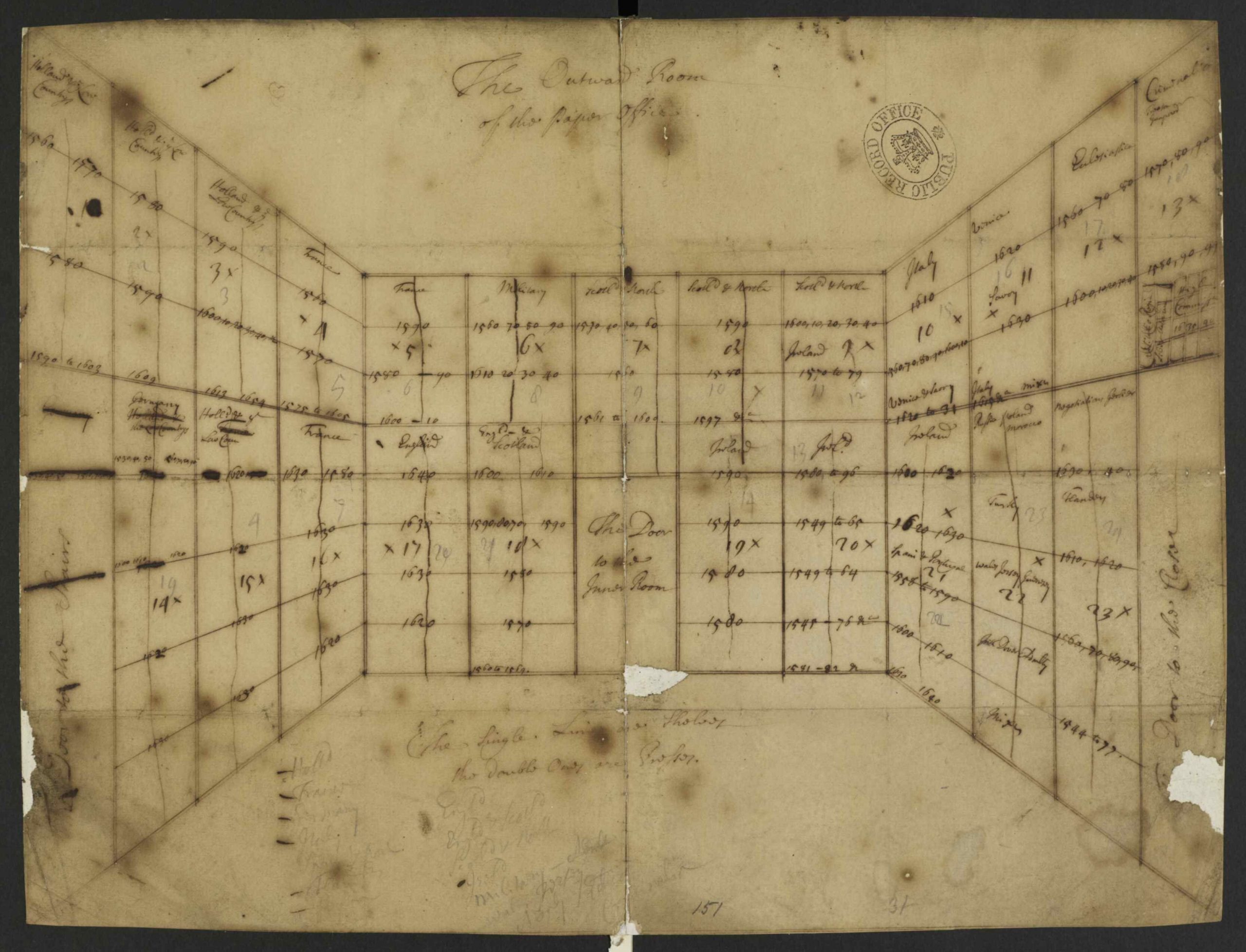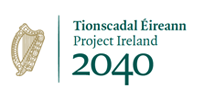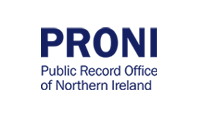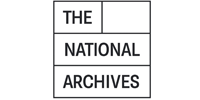



via the Knowledge Graph
 Explore People
Explore People Introduction
State Papers Ireland is an assembled collection of official letters, private papers, and correspondence that is held at The National Archives UK. It is a collection of letters sent between the English governments in Dublin and London in the sixteenth, seventeenth and eighteenth centuries. In total, the series spans the years 1509–1782, comprises more than 500 volumes, and runs to tens of thousands of letters. For now, we are focusing on the years 1660–1715, from the restoration of Charles II to the death of queen Anne, providing enhanced cataloguing, images, and machine-generated transcriptions of more than 20,000 items that provide extraordinary insights on early modern Ireland. The State Papers Ireland Gold Seam is re-engaging with this official and personal correspondence with the aim of virtually recreating an accessible State Papers Office for the twenty-first century.
About State Papers Ireland
From the late twelfth century, the English crown claimed dominion over Ireland. During the following centuries, it forcibly expanded its area of control out from Dublin and imposed a style of government that resembled the one used in England. Distance from London and the difficulties of travel and communication meant that those appointed to govern Ireland often did so with only irregular recourse to London.
This changed late in the fifteenth century, when the crown took away the Dublin government’s right to propose policy and legislation without being pre-approved by London. This substantially increased the flow of correspondence back and forth across the Irish Sea, particularly from the reign of Henry VIII onwards, as officials in Dublin sought approval for policy, reported on events, and received instructions. These letters, papers, and correspondence have been gathered into a series called the State Papers Ireland.
Letters between Dublin Castle and Whitehall give fascinating insights into the English governance of Ireland. Through the records, we can witness senior administrators as they grappled with policy problems and the demands of parliament, as junior officials carry out their duties at local and national level, while complaining about the lack of money.
These were tumultuous years and the State Papers Ireland give us insights into the return of monarchy after the collapse of the Commonwealth in 1660, the efforts to resolve land ownership in Ireland, the rise of toryism and banditry as a response to the land settlement, the consequences that several Anglo-Dutch wars had on Ireland, before the James II was ‘unkinged’ in England and the War of the Two Kings was fought in Ireland.
But there is more than just politics. Among the descriptions of conquest and war, religious persecution, and plantation, we also see ordinary life. In their petitions for clemency, appeals for justice, and lobbying for government jobs, we encounter Irish people struggling to find a footing in a rapidly changing country.
What can I find here?
As of June 2025, volumes are available for the years 1660 – 1678. Additional volumes will continue to be added throughout the remainder of 2025 until records reach the year 1715. In total, this will be more than 70 volumes.
There are three aspects to this gold seam:
New and Enhanced Cataloguing:
- It is more than a century since the Calendars for State Papers Ireland for Charles II’s reign were published. We are repurposing our predecessors’ efforts for the twenty-first century by revising the cataloguing of approximately 20,000 items, ensuring that entries are fit for purpose for modern researchers.
- Alongside SP 63, we have included Signet Office (SO 1) papers. These volumes contain the final drafts (often referred to as”king’s letters”) that were sent to the administration in Dublin and form an essential component in virtually recreating the collection that was destroyed in 1922.
Images
- Images for approximately 20,000 items will allow researchers digital access to original records
Transcriptions
- We have employed Transkribus, a machine-generated transcription platform that creates transcriptions based on its assessment of the handwriting in each letter.









